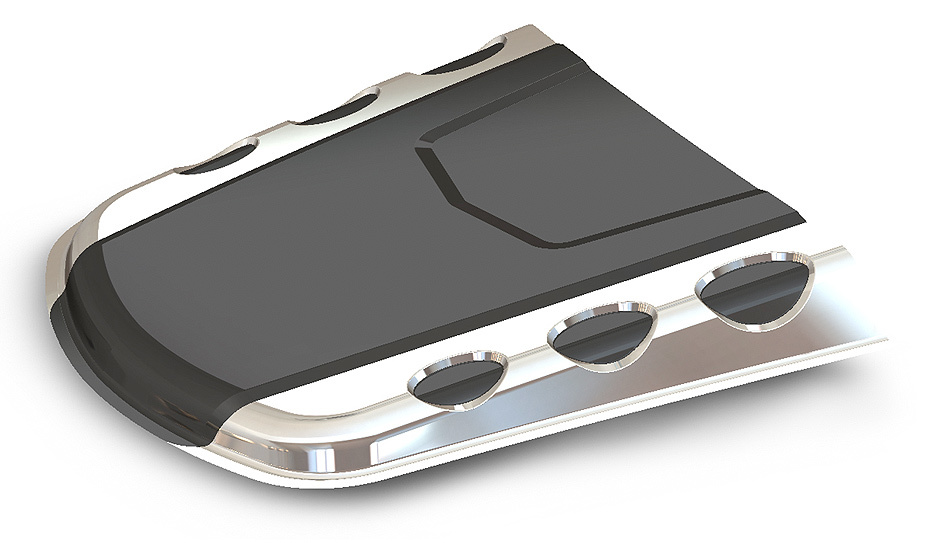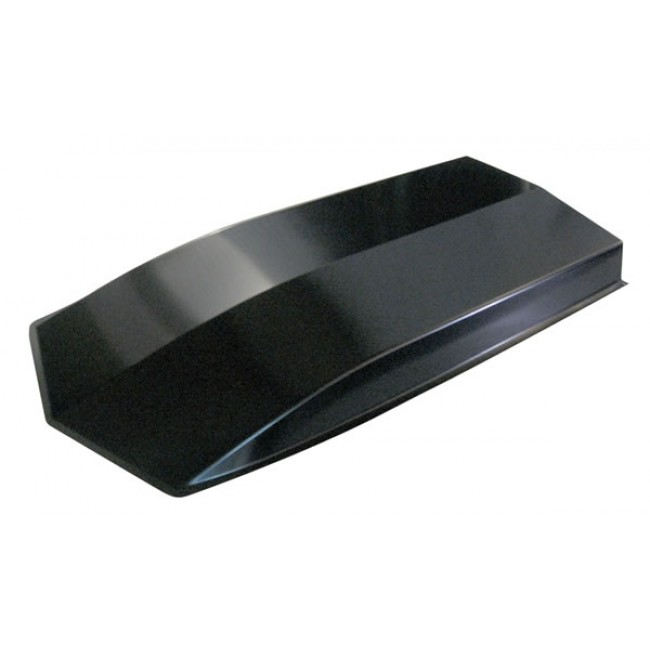
ducts, and cowl induction hoods.Ī wide variety of performance cars have sported raised hood scoops over the years including the Dodge Challenger, Ford Mustang, and Pontiac Trans Am. There are a number of hood scoop variations including raised hood scoops, “shaker” hoods, N.A.C.A. The only drawback of a hood scoop is the added exposure to the elements, however, most hood scoops include drain provisions in the air cleaner assembly to prevent water from entering the engine. As road speeds increase, air speed and pressure increase, providing increasingly greater airflow. Cold air is denser and includes a higher percentage of oxygen compared to warm air, resulting in improved engine combustion and added horsepower.

When an effectively designed hood scoop is used, outside air is forced into the air intake, air which up to 50☏ cooler than air in the engine compartment. Other than bolting on a set of performance exhaust headers, adding a hood scoop is one of the most cost-effective performance methods to increase horsepower. The auto manufacturers truly capitalized on both the marketing aspects and performance benefits. Other domestic manufacturers followed in the ensuing years and by the 1960’s, many of the era’s muscle cars sported some type of hood scoop. The 1952 Mercury was among the first American cars fitted with a hood scoop. Some of the first production cars fitted with functional hood scoops weren’t early American muscle cars, but actually post-war European sports cars including the 1949 Ferrari 166 M Barchetta and Healey Silverstone. Although a substantial amount of marketing was involved in the development of the phrases, the performance benefits of hood scoops are real. Ram Air, Cowl Induction, and Air Grabber are among the phrases that have been emblazoned on the hoods of some of the 60’s and 70’s most feared muscle cars phrases that refer to the induction of cold, outside air into the engine. Might be too wierd.Hood scoops (real ones, that is) not only look cool, but they can add a real performance boost. If I tried that, there would be a 1-2 inch gap between the hood and cowl all around the firewall.

So, the entire hood would look like it came from the front of an old speedster or midget racer. NOISY!Īnother option I've considered - but it's more of a hot air vent - is to flare the back of the entire hood and hood sides, so they curve up away from the cowl in the same way as oval track hoods are made to flare up ahead of the cockpit where their windscreens are fitted.

I know a fellow who uses that set-up on his supercharged Lotus, as the motor's huffer has the intake on the rear of the motor. I've seen several cars that use the OEM cowl vent air area for a 180 degree pipe that rams air back towards the motor thru the firewall, but I plan to use that space for normal electrics, heater, etc. It might be a foot wide and just a few inches high and have lots of rivets holding it on.

I've been thinking of a very low profile, blister-ish affair in aluminum that matches the profile of the T's hood and cowl and it would be set on the back of the hood so it just overlaps the hood / cowl gap by a few inches.


 0 kommentar(er)
0 kommentar(er)
